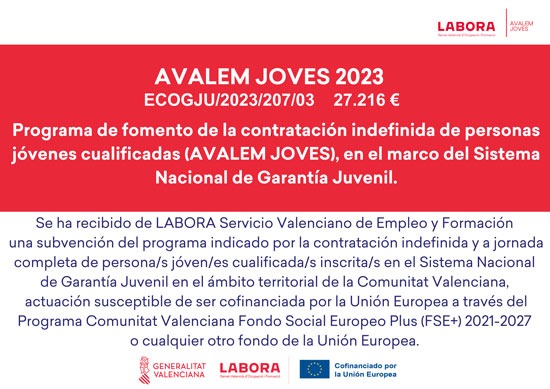1. Kelly, J. S., & Metcalfe, J. (2012). Validity and Reliability of Body Composition Analysis Using the
Tanita BC418-MA. Journal of Exercise Physiology Online, 15(6).
2. Riebe, D., Ehrman, J. K., Liguori, G., Magal, M., & American College of Sports Medicine (Eds.).
(2018). ACSM’s guidelines for exercise testing and prescription. Wolters Kluwer.
3. North American Association for the Study of Obesity, National Heart, Lung, Blood Institute, &
NHLBI Obesity Education Initiative. (2000). The practical guide: identification, evaluation, and
treatment of overweight and obesity in adults. National Institutes of Health, National Heart, Lung, and
Blood Institute, NHLBI Obesity Education Initiative, North American Association for the Study of
Obesity.
4. Domingos, C., Matias, C. N., Cyrino, E. S., Sardinha, L. B., & Silva, A. M. (2019). The usefulness of
Tanita TBF-310 for body composition assessment in Judo athletes using a four-compartment molecular
model as the reference method. Revista da Associação Médica Brasileira, 65(10), 1283-1289.
5. Santos, D. A., Silva, A. M., Matias, C. N., Fields, D. A., Heymsfield, S. B., & Sardinha, L. B. (2010).
Accuracy of DXA in estimating body composition changes in elite athletes using a four compartment
model as the reference method. Nutrition & metabolism, 7(1), 22.
6. Ackland, T. R., Lohman, T. G., Sundgot-Borgen, J., Maughan, R. J., Meyer, N. L., Stewart, A. D., &
Müller, W. (2012). Current status of body composition assessment in sport. Sports Medicine, 42(3),
227-249.
7. Malá, L., Zahálka, F., & Maly, T. (2018). Bioimpedance for Analysis of Body Composition in Sports.
In Bioimpedance in Biomedical Applications and Research (pp. 243-256). Springer, Cham.
8. Pietrobelli, A., Rubiano, F., St-Onge, M. P., & Heymsfield, S. B. (2004). New bioimpedance analysis
system: improved phenotyping with whole-body analysis. European journal of clinical nutrition, 58(11),
1479-1484.



